Sodium DNA (DNA-Na) is the sodium salt form of highly purified, depolymerized natural DNA (typically extracted from Oncorhynchus keta).
It appears as a fine, off-white to white, hygroscopic powder. When reconstituted in sterile water or physiological buffer, it forms a clear, viscous solution. In cosmetics, regenerative medicine, and biotechnology, sodium DNA is valued for its polynucleotide content, which can support cell metabolism, tissue repair, and antioxidant defense.
|
Parameter |
Description |
|
Appearance |
White to off-white amorphous powder |
|
Odor |
Odor less |
|
Solubility |
Highly soluble in water or saline; insoluble in most organic solvents |
|
Packaging |
1 g per sterile vial |
Sodium DNA is essentially a purified, depolymerized DNA fragment mixture (polynucleotides of varying lengths) where the phosphate groups are paired with sodium ions. It does not contain proteins, sugars, or lipids — it’s just nucleic acid fragments in salt form.
Sodium DNA – A purified, water-soluble form of DNA salt.
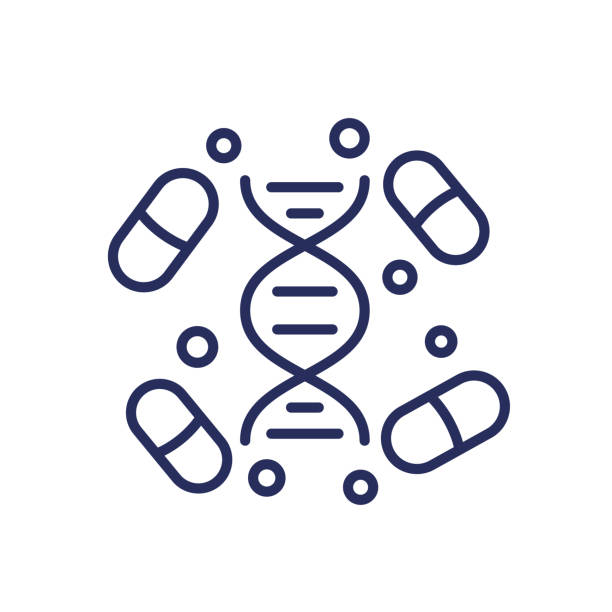
Sourced from high-quality salmon DNA.
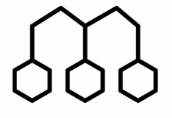
Depolymerized Chains – Designed for optimal skin absorption.
Nucleotide-Rich Composition – Supports skin cell structure.

High Purity Grade – Suitable for cosmetic or dermatological use.
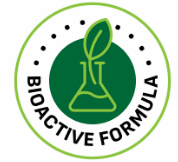
bioactive Format – Safe and stable for daily skincare application.

Creams
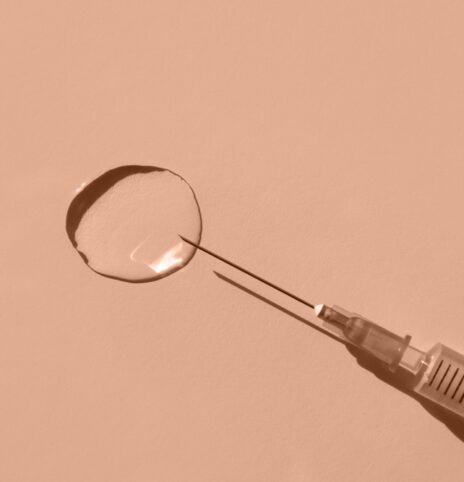
Injectables
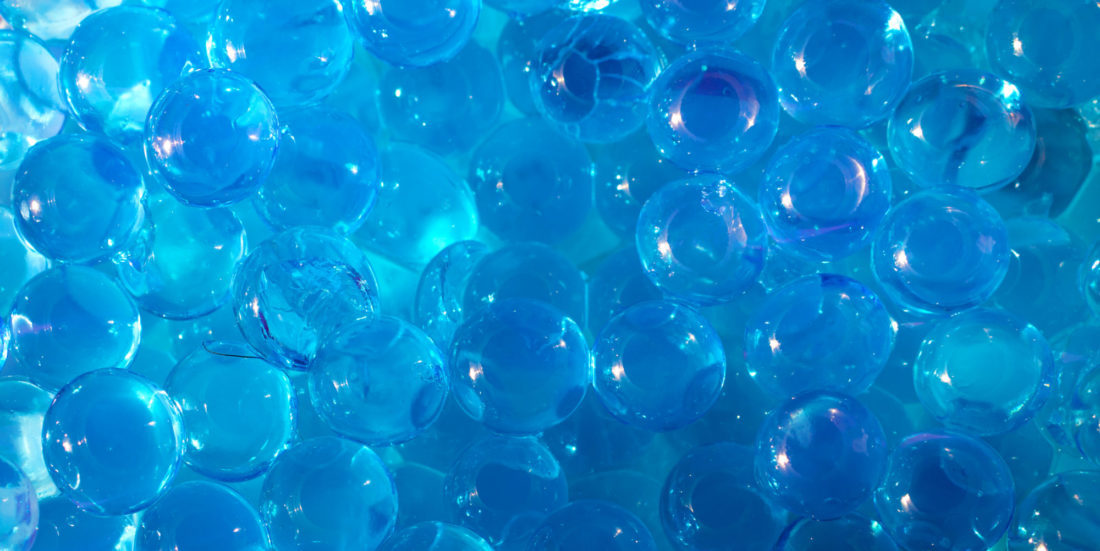
Hydrogel Matrices
Sodium DNA is highly purified from Salmon Salar, depolymerized DNA that has been converted into its sodium salt form. and then processed to create shorter, uniform fragments called polynucleotides.
This makes it more soluble, more stable, and easier to formulate than high-molecular-weight “regular” DNA extracted directly from cells.
Yes. When produced under cosmetic or medical-grade standards, Sodium DNA is considered biocompatible and largely non-immunogenic. Because the polynucleotide fragments are naturally occurring and low in protein or endotoxin contaminants, the body generally recognizes them as nucleic acid building blocks rather than as foreign antigens. This is why Sodium DNA is widely used in topical, injectable, and regenerative formulations without triggering immune reactions.
Once applied or injected, Sodium DNA fragments:
Provide raw materials for cell metabolism, DNA/RNA synthesis, and energy pathways.
Activate cell receptors (e.g., purinergic receptors such as A₂A) and signaling pathways that promote fibroblast proliferation, collagen production, angiogenesis, and anti-inflammatory responses.
Together these effects help support tissue repair, improve skin regeneration, and reduce oxidative stress at the site of application.